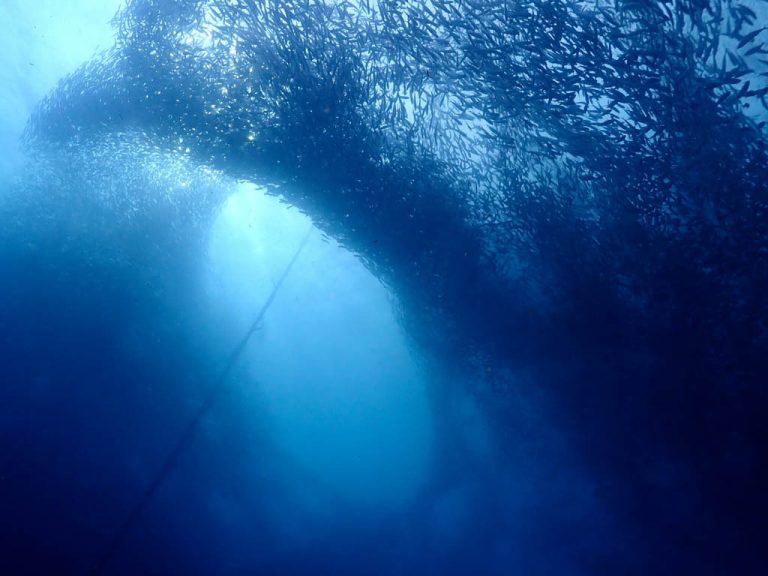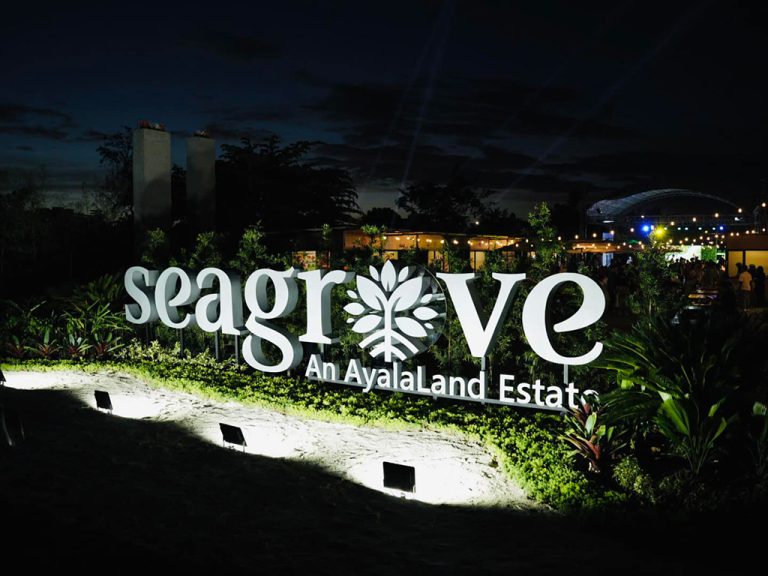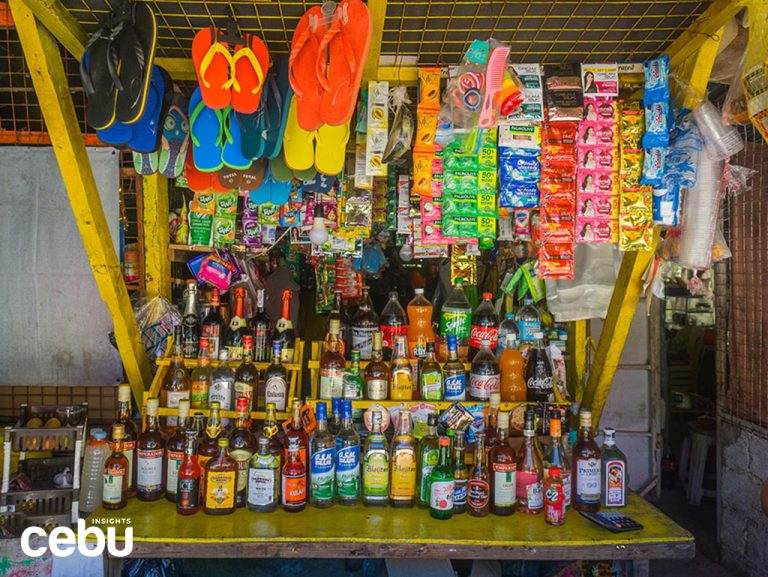The Jesuit House or Museo de Parian is believed to have been built even before 1730.
There are places that would make us remember the past. Towns and cities have museums that will remind them of their histories. The museums in Cebu are some of the places that store the best stories of the island. Here are some of the museums that will take you to a trip down memory lane:
THE MOST POPULAR MUSEUMS IN CEBU
Sugbu Chinese Heritage Museum
Located across the Cebu City Hall is a majestic white building, which is also a Cebu heritage site. The Gotiaoco Building, which was built in 1914, is now a museum.
In an agreement with the National Museum of the Philippines, the Sugbu Chinese Heritage Museum Foundation Inc. (SCHMFI) has managed to restore the historic building.
The journey of Cebuano Chinese from the 10th century up to the contemporary age will be featured in Sugbu Chinese Heritage Museum. It will also show the history of how the building became the Cebu branch of Heacock’s Department Store as well as being the home to Cebu’s first AM station. After it was bombed during the Second World War, it was rebuilt in its original image.
Manuel Gotianuy built the building in honor of his father, Don Pedro Gotianuy. The 105-year-old four-storey building is the first in Cebu to have an elevator and air-conditioning system, and because of its neoclassical structure, it is considered as the most modern edifice of its time.
The restoration started in 2016, 3 years after Manuel’s son, Atty. Augusto Go, turned over the property to the DENR. The chairman of SCHMFI, Bob Gothong, explained that they were meticulous in preserving the building integrity that is why the restoration took a long time. They have also discovered that the materials used then were from Xiamen. Various experts and professionals were consulted to make sure the building will be the way it was when it was built.
Go hopes that through this project, the community will all be united and learn from each of our cultural differences.
Jose R. Gullas Halad Museum
Cebu’s musical heritage is immortalized in Jose R. Gullas Halad Museum. Cebu’s music culture has been known because of the works of local artists. The tribute, or in Cebuano, “halad,” to their contributions and to the celebration of the Visayan language is observed in the museum.
Musical instruments, music sheets, awards, and vinyls of the musicians are displayed. One of the instruments is the piano of Ben Zubiri, the man behind the famous song “Matud Nila.” The music sheet of “Sa Kabukiran” by Maning Valdez is encased in glass. The guitar of the creator of “Rosas Pandan,” Minggoy Lopez, is also in the museum.
Through the Tipiganan sa mga Handumanan Foundation, Jose Gullas thought of opening the museum. He aims to preserve the history of Cebuano music and honor his parents, Vicente and Inday Pining.
The museum is not limited to the Visayan music scene. Musical instruments of Mindanao tribes, such as the Manobo and T’boli, are also displayed. A high-tech phonograph that is from Europe is featured as well. Modern equipment like video screens and sound stations give younger visitors a chance to hear the Cebuano greatest hits.
Paulina Constancia Museum of Naïve Art (MoNA)
Naive art is an art created by someone who did not undergo formal education or professional training in art. These artworks have childlike characteristics and are perceived to be simple, frank, and innocent—hence the term “naive.”
The first recorded naive artwork was created by Henri Rousseau in 1885, which is the year considered to be the birth of naive art. The French artist was self-taught and claimed that he had no other teacher than nature.
The first naive art museum in Cebu is a home to the artworks of the international Filipino-Canadian artist, Paulina Constancia. The multitalented artist is known for her whimsical and colorful style that is consistent not only in her painting but also in her poetry.
Justice German Lee Jr. Nature Sanctuary is a perfect place to display the artworks of Paulina Constancia. Her free-spirited paintings match the nature that surrounds the museum.
Museum of Bicycling
During the 2017 Gabii sa Kabilin, the first bicycle museum in the Philippines has been opened. The Museum of Bicycling aims to promote the usage of bicycles as means of transportation in Cebu and even the whole country.
This Cebu museum displays different kinds of bicycles. Old models and the new ones can be found there. Others are donated by cyclists. There are also eco-friendly ones, such as the bamboo bike by the Bayawan Bambu Initiative. Some bicycles on display are specifically made for the museum.
All around the museum, you will be educated about the benefits of using bicycles. One is, of course, the good it does to your health. The power of the bicycle to generate energy for machines are also exhibited.
You will also be made aware of the bicycle as an instrument of change. The factors are discussed in different categories, such as women empowerment, social equality, and technology to name a few.
The owners of the museum, who are also the founders of the bike education movement Tindak Sugbo, strive hard to express the bicycle’s importance and impact when utilized. Their hard work and initiative pushed the government to promulgate the bike lane ordinance in Cebu.
Don Sergio Osmeña Sr. Memorabilia and CAP Art Gallery
A glimpse of the life of President Sergio Osmeña can be witnessed in CAP Art Gallery. Constructed in 1947, this art gallery in Cebu was once the home of the former president. The family sold the house to the College Assurance Plan (CAP) 40 years after it was built.
The house’s tropical American design shows the Cebuanos’ low-key way of living. The two-storey house also has an elevator that was used by the former president during his older years.
Although the house has been developed, old artifacts have been preserved, such as photographs, furniture, and the old black Cadillac. The room where President Osmeña welcomed General Douglas MacArthur is named the McArthur Room.
CAP’s contemporary art pieces are exhibited in a different wing, and the Cebu branch of Fashion Institute of the Philippines is also located there.
Jumalon Butterfly Sanctuary, Museum, and Art Gallery
You do not have to leave Cebu to find a butterfly sanctuary. In the residence of a lepidopterist, the late Julian Navarro Jumalon, is a vast collection of butterflies and artworks.
Professor Jumalon’s sanctuary is filled with over 50 kinds of butterflies, and most of them are rare. He acquired them from his travels, trading local butterflies with the foreign species, and bred them in his own home.
Aside from being a lepidopterist, he was also an artist. His paintings and other works of art, including the fascinating mosaics made entirely of butterfly wings or lepido mosaic, can be found in the museum, which is also located in the residence. The garden is full of different kinds of plants that attract different kinds of butterflies.
When he died, his grandchildren launched the Julian N. Jumalon Foundation to further support his sanctuary. His collection of butterflies is considered the oldest and the biggest in the country.
Museo de Parian/Jesuit House of 1730
Among the famous Cebu heritage sites is Museo de Parian or Jesuit House of 1730. The centuries-old house is among the oldest houses in the Philippines.
The sign at the entrance, “Ano 1730,” and the artifacts found in the house are signs that the building was built in 1730. But according to the recent studies conducted by historians and architects, the house was built before 1730.
Coins and ceramics were found buried in the building, and these discoveries were proved to have existed during the Ming dynasty. Red clay tiles and carvings on the trusses of the roof are also evidence of Chinese handiwork. The Chinese influence is significant in the house according to experts.
Also, the second floor of the house is made of coral stones (similar to the another Cebu heritage site, the Yap-Sandiego Ancestral House), which is a design discontinued during the Spanish colonization. Hence it is evident that the house was built even before it became a Jesuit house and that it was originally owned by a Chinese family.
The house underwent a lot of transformations through the years. During the Second World War, the house was used by the US Armed Forces. In the 1950s, it was turned into a nightclub.
Ho Tong Hardware serves as the gateway to the Jesuit house, in which a US$0.60 entrance fee will be collected. Both are currently owned by Jaime Sy. He used the first floor of the house as a warehouse and then thought of transforming it into a garden, but he chose to retain its glory and let the public know of the historic house.
Truly, there are more to museums in Cebu than meets the eye.








